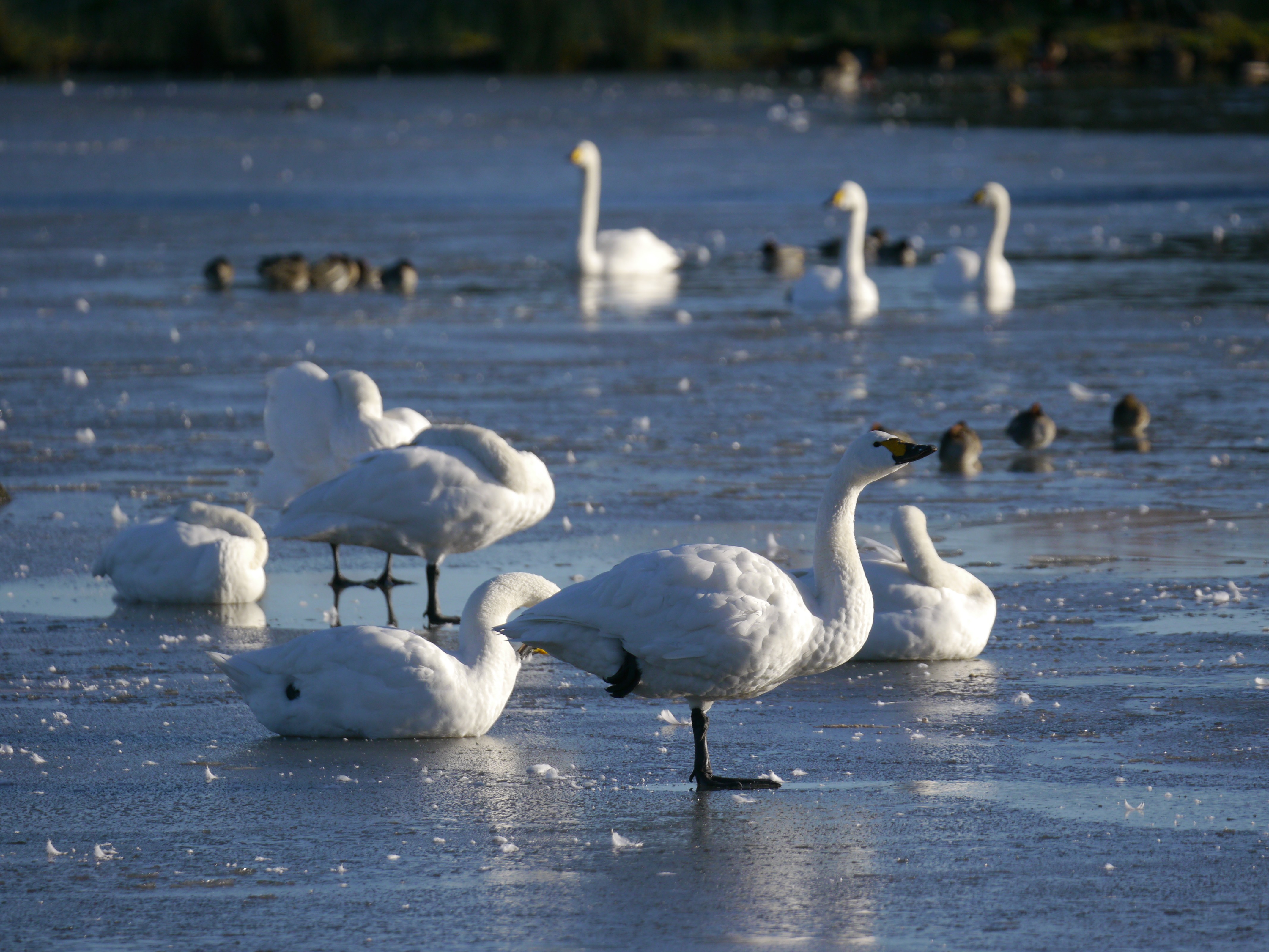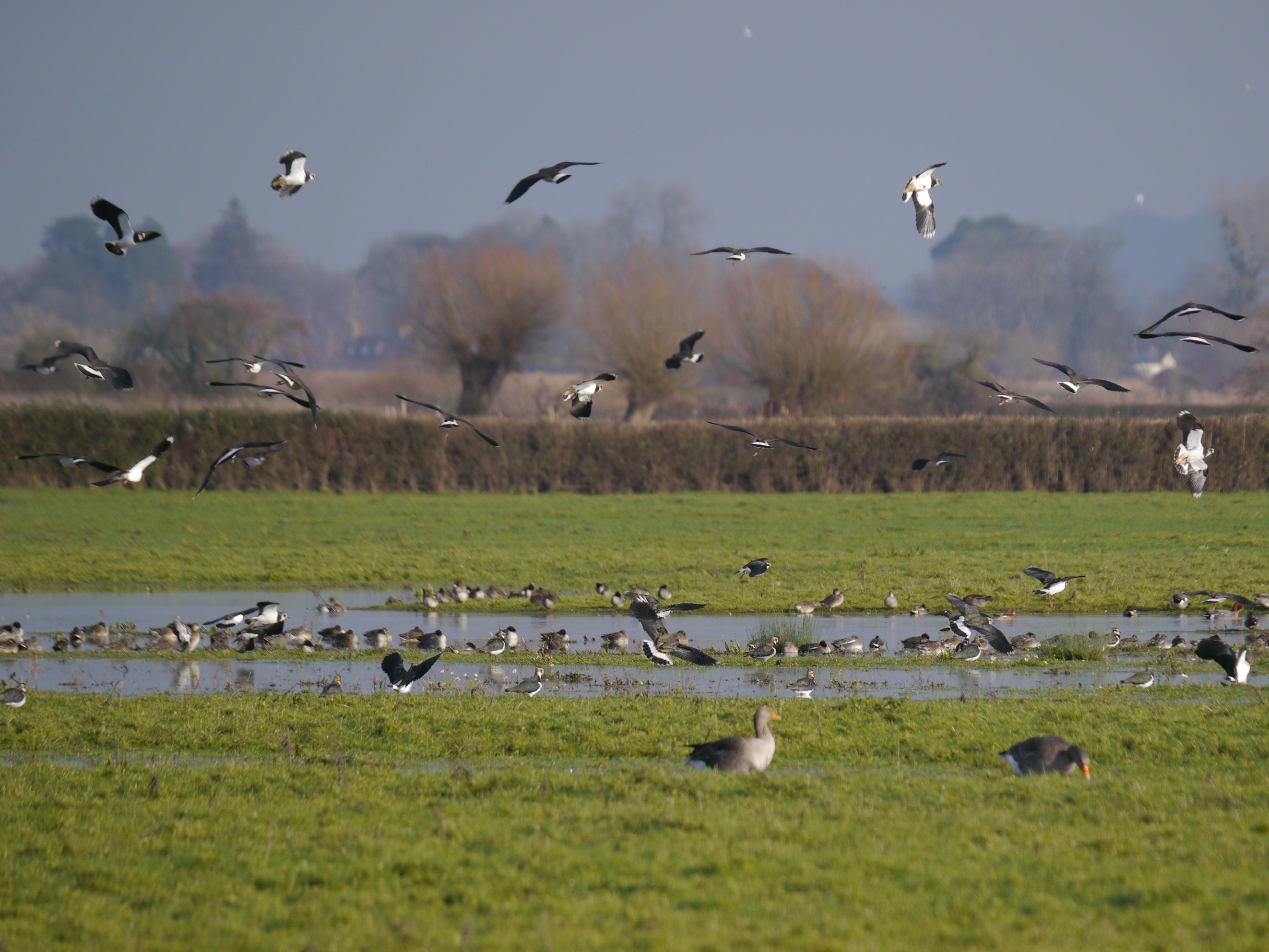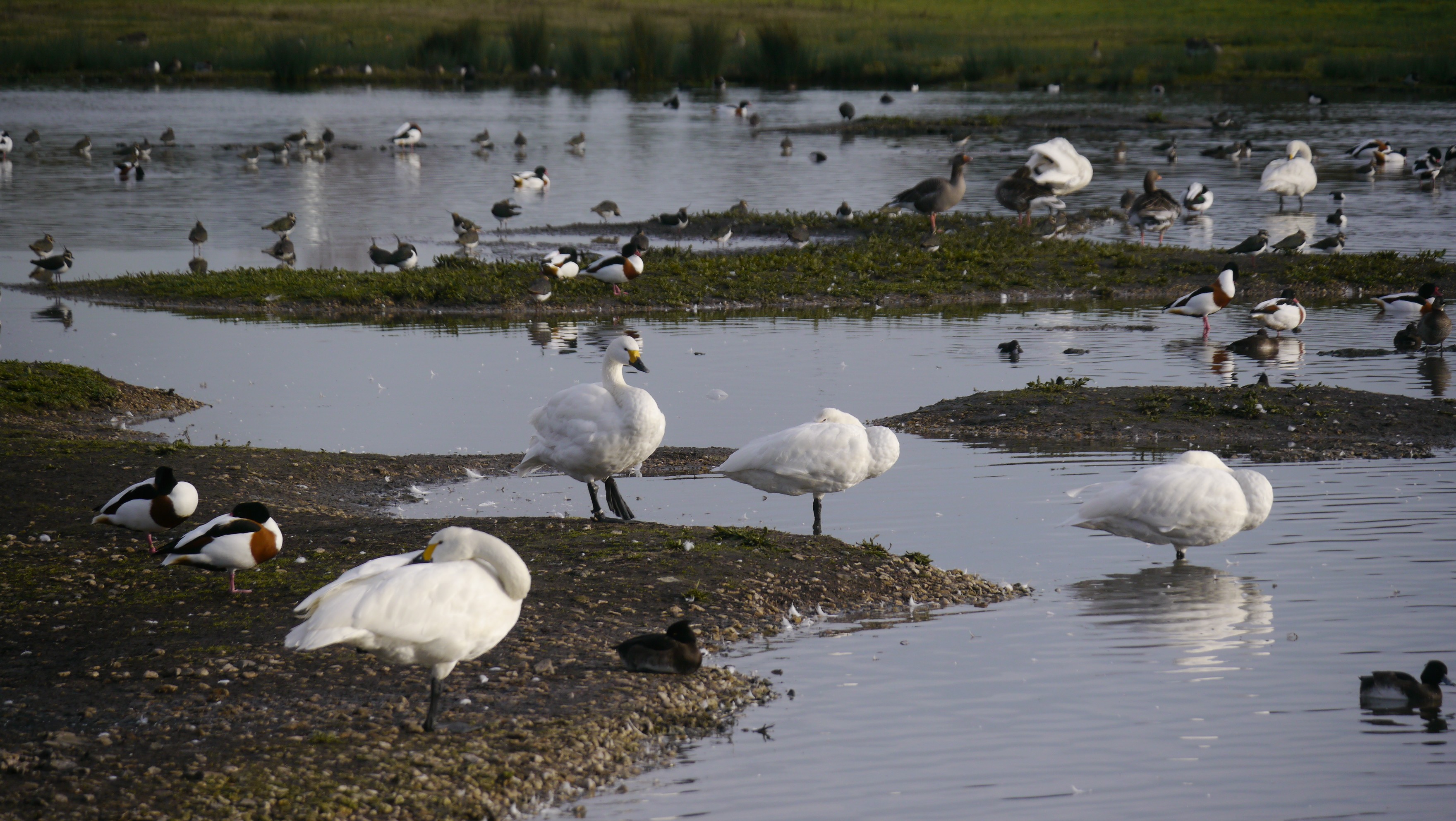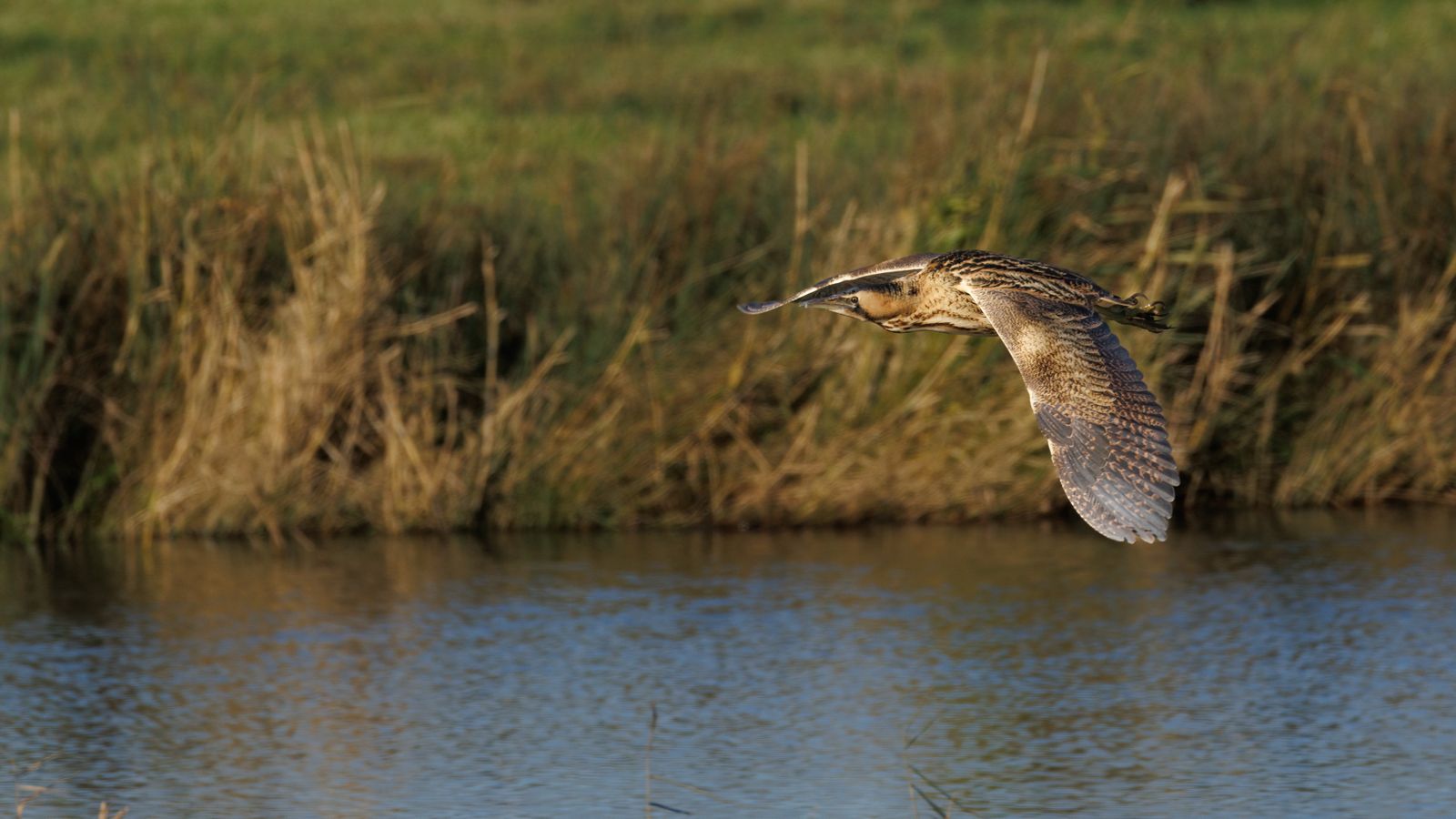Bluethroat a little more helpful today
The Bluethroat showed a number of times this morning between 0815-0930am.
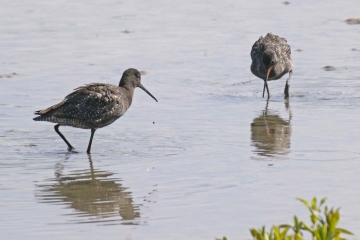
Middle Point
The White-spotted Bluethroat showed again this morning. To give the territorial Bluethroat some space and offer committed watchers the best opportunity to see it we are likely to make some changes to access areas whilst the bird is here.
Access to the point remains open for those walking out to view but we are considering closing off the seated section on the North side of the track. We also ask that you do not linger on the section of path from the seawall to river edge, a constant presence here typically results in this shy bird flying off into the reeds and going to ground. Some watchers have been very patient putting in hours of vigil for a brief view so it can be frustrating if someone is camped out in one spot too close to the bird.
A sensible distance to try to view is from the seawall which also offers the height advantage, it's best to use the hide, stay close to or stand if front of the hide and avoid sky-lining as much as is possible, stay quiet and still ensures everyone having a better chance of seeing it pop up onto the hazel sticks we placed to as perches. Views are typically brief, less than a minute but it can at times show multiple times over a period. It generally perches up around 90m away from the hide.
The gate is open from 0815-0930am for WWT members (free). Please have your membership card ready for checking, someone will ask either at the gate or along the pathway. Non-WWT members can access from 09.30am through admissions at the top of the entrance ramp.
Other birds noted here today included a Great Egret fishing in the paleochannel that crosses the Goose House field diagonally, a few Curlew have fed on the grass and a Kingfisher is along the ditch on and off. At least one Whimbrel was among 40 Curlew and one of the three Spoonbills was feeding on the Severn at low tide.
Tack Piece
A returning Snipe, juvenile Little-ringed Plover (not fledged from the reserve), a breeding plumage male Ruff (black/ginger), 7 Lapwing (1 juvenile), 8 Green Sandpiper, 5 pairs of Avocet, 12 Black-headed Gull (3 fledged juveniles), 7 Teal + Shelduck and Barnacle Geese.
Top New Piece
Four juvenile Yellow Wagtail and 4 Pied Wagtail feeding on the mud, 2 juvenile Meadow Pipit, fledged and singing Reed Buntings, 2 immature Spoonbill, 58 Avocet, 22 Redshank (3 juveniles), 3 Lapwing, 2 adult Little-ringed Plover, 20+ Sand Martin and 30+ Swift feeding over, 11 Teal on the flood with Gadwall and 2 Cranes near Van de Bovenkamp Hide.
South Lake
Two breeding plumage Spotted Redshank,(pictured-MJM) 90 Black-tailed Godwit, 19 Redshank (including one juvenile), a Green Sandpiper, 9 Teal, 44 Avocet (increased to 80+ by midday), 3 Oystercatcher, Little and G.C Grebe, 140 adult and 45 fledged juvenile Black-headed Gulls, female Shoveler, House Martins feeding over, at least one Whitethroat singing on far (E) side of lake.
Hogarth Hide
A pair of Cranes with at least one half grown chick.
Spinney Wood near Zeiss Hide
Unusually two or three Grey Wagtail feeding on the ground in the woodland + Treecreeper.
South Finger settling pool screen
Little Grebe and Grey Heron.
Duck Decoy
Two Little Grebe, Grey Heron and 25 Gadwall.
Late news for yesterday
The male White-spotted Bluethroat showed for two visitors mid afternoon. An out of season male Stonechat was seen on the Wild Safari along with two of the summering Whimbrel on the Severn + two pairs of Crane had juveniles still accompanying them at the North end of the reserve.
